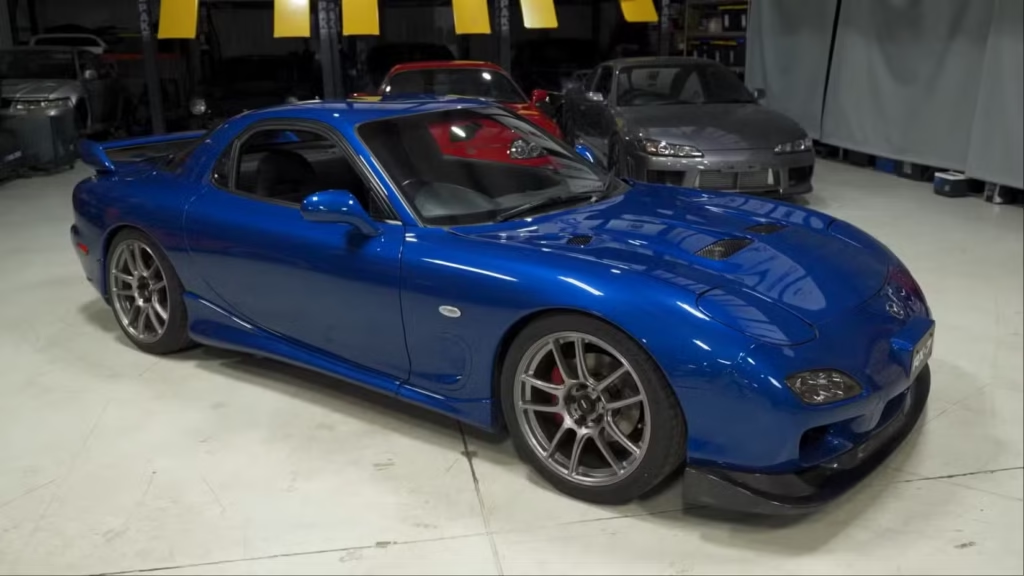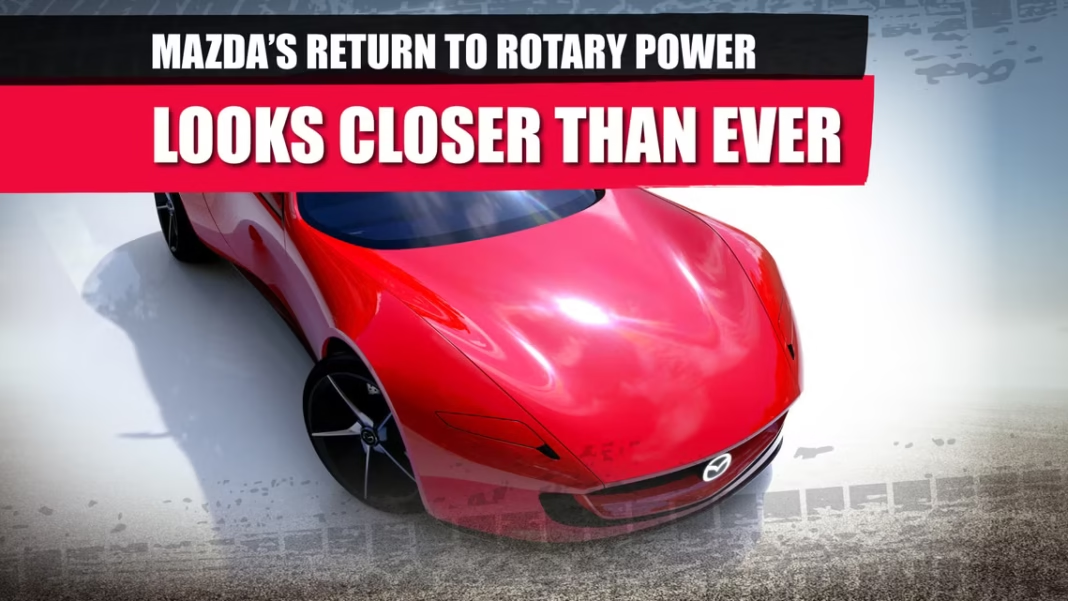It’s not April Fool’s anymore, and yet the whispers about Mazda breathing new life into its iconic rotary engine persist—and this time, they might just be true. While the spotlight currently shines on the next-generation Miata and its larger powerplant, there’s a deeper hum stirring in the background. That hum? The rotary engine—Mazda’s most beloved mechanical quirk—is making a comeback, and all signs point to a revival that fans have been dreaming of for decades.
The Return of a Legend: Iconic SP Sparks Hope
In 2023, Mazda stunned the automotive world with the unveiling of the Iconic SP Concept—a sleek, futuristic vehicle designed around a two-rotor hybrid powertrain. This wasn’t just nostalgia packaged in a shiny new wrapper; the Iconic SP represented Mazda’s vision of merging heritage with future-forward tech. The idea was simple yet ambitious: infuse the rotary engine with modern hybrid technology while staying compliant with stringent emissions regulations.
Fast forward to late 2024, and Mazda CEO Masahiro Moro confirmed what many rotary faithful were hoping to hear. Initial testing of the car began with a single rotor, but Mazda quickly realized that wasn’t enough—especially for the performance-hungry U.S. market. “Two rotors will generate more power, which is more suitable to U.S. market characteristics,” Moro shared in an interview with Automotive News. The message was clear: this wasn’t just an experimental concept, it was a real contender.

Building a Rotary for the 21st Century
Reviving the rotary isn’t just a matter of nostalgia—it’s a massive technical challenge. The engine’s high-revving nature and compact design are legendary, but it’s no secret that previous generations struggled with emissions and fuel efficiency. To bring it back, Mazda needs to solve problems that have plagued the rotary since the RX-7’s heyday.
That’s where the company’s engineering team comes in. Ryuichi Umeshita, Mazda’s Chief Technical Officer, has offered some cautiously optimistic updates. “Where we are is developing the technology to pass the U.S. regulation, and we have a very good forecast now, so we are almost ready,” he noted. That “almost” is the tantalizing bit—hinting that the hurdles are being cleared, one by one.
Design-wise, Mazda isn’t just sketching ideas on napkins. Masashi Nakayama, head of Mazda’s design division, confirmed that the Iconic SP was built with production in mind. “We made sure that it will be feasible for production,” he told Road & Track. That practicality, paired with emotional design and technical ingenuity, is what could elevate this project from rumor to reality.
The RX-7 Spirit Lives On
Of course, any mention of a rotary-powered sports car conjures up one name: RX-7. For enthusiasts, the RX-7 isn’t just a car—it’s a cultural icon, a machine synonymous with innovation, lightweight performance, and distinctively smooth power delivery. Though Mazda hasn’t confirmed whether the new vehicle will bear the RX badge, the spiritual lineage is unmistakable.
With the Miata set to receive an engine upgrade and Mazda quietly pushing forward with electric and hybrid models like the spied CX-6E crossover, it’s becoming clear that the brand is balancing heritage and innovation more deftly than ever.

All Eyes on Mazda
Nearly two years have passed since the Iconic SP first broke cover, and anticipation has only grown. With the automotive landscape rapidly evolving, Mazda’s pursuit of a new rotary-powered sports car feels both bold and refreshing. While other manufacturers lean fully into electrification, Mazda seems determined to carve out its own path—one where performance, emotion, and sustainability can coexist.
This isn’t just about horsepower or engine notes. It’s about identity. Mazda’s rotary heritage is woven into the fabric of its brand, and this revival could mark a defining moment in how the company carries its past into the future.
So, while there’s no official reveal date yet, the pieces are aligning. Mazda’s leadership is vocal, the engineering is progressing, and the design is ready. All that remains is the final stretch—a public announcement, perhaps even a production prototype. Until then, fans will continue to hold their breath, hoping to hear that unmistakable rotary whir once again.
In the end, if anyone can pull off this mechanical resurrection, it’s Mazda. And with the Iconic SP leading the charge, we may soon witness the rebirth of a truly unique driving experience—rotary and all.



